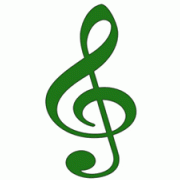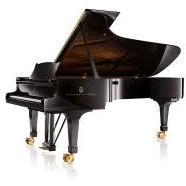I have been arranging mostly Beethoven and Mozart lately. I figured it was time to change that and arrange a piece by a different composer. It has also been a long time since I arranged a piece for piano, either duet or solo. So I was wondering what would fit into a Piano Duet arrangement well. I immediately narrowed things down to orchestral works. I figured that for the best chances of fitting into a Piano Duet, I would want to stick to those composed in the Classical Era. I know from experience that Beethoven is hard to fit into a Piano Duet, not to mention the resulting arrangement being hard to play.
This left me with only 1 other composer really, that being Franz Joseph Haydn. And of course, if I am going to arrange an orchestral work by Haydn, it is going to be one of his 100+ symphonies. The one I am most familiar with is his "Surprise" Symphony, probably the most well known Haydn symphony in existence. It ranks up there with Symphony no 40 K 550 and Beethoven's Fifth in terms of familiarity. The most famous part of that symphony is the second movement, where out of nowhere, the whole orchestra blares out a fortissimo chord. Another surprise in the second movement is the sudden jolt from C major to C minor.
But, you know me, I always arrange the first movement first, even if it isn't the most well known part of the piece. I found that so far, Haydn fits pretty well into a Piano Duet arrangement, fitting better than Mozart and way better than Beethoven to the ensemble of a Piano Duet. So far, I have arranged the entire first movement of the symphony. Now, before you go on about impossible hand crossings, I arranged this for 2 Pianos 4 Hands. So there are no hand crossings between pianists, just hand crossings between notes played by the same pianist. This is the edition of the symphony I have been using from IMSLP:
http://ks.imslp.net/files/imglnks/usimg/0/09/IMSLP494069-PMLP34746-2_IMSLP284343-PMLP461683-Hayd_Sinf_2.pdf
Here is the first movement of Haydn's "Surprise" Symphony arranged for a Piano Duet. What do you think of my Haydn arrangement so far?




